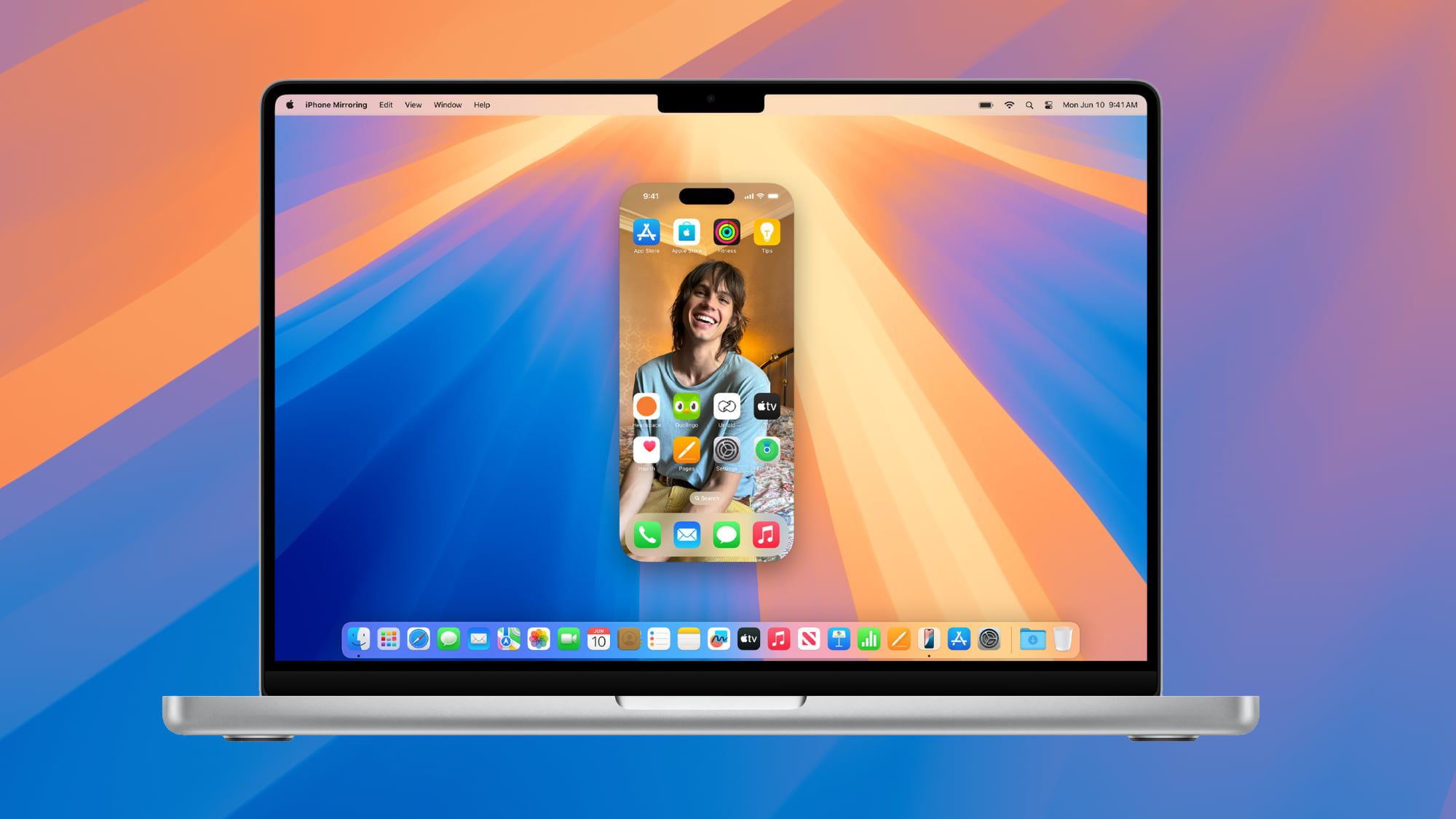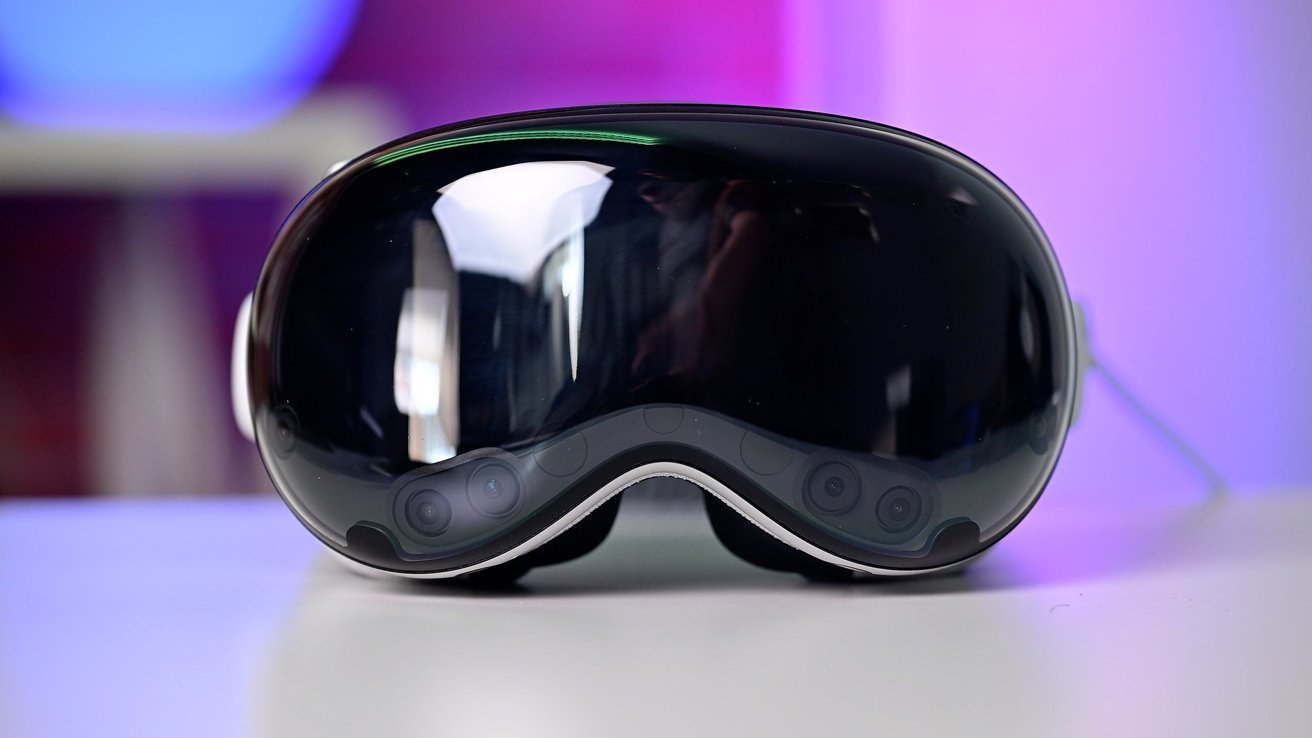Beta 1 is now available. It brings small improvements and fixes to make the phone work better. While not a huge change, it’s a step toward a smoother experience. At the same time, Apple released Beta 1 for tvOS 18.5, which powers Apple TV. This update focuses on tweaking the system for better performance.
VisionOS 2.5 Beta 1 is also out for the Vision Pro headset, offering early tweaks for users to try. These updates aim to polish how the devices run. For Mac fans, macOS Sequoia 15.5 Beta 1 is ready to download. It includes minor updates to boost speed and fix bugs. Nothing flashy, but it keeps the Mac running smoothly.
These beta versions are mainly for developers and testers who want to explore what’s coming. All these updates show Apple’s focus on improving its gadgets little by little. They’re not big leaps, but they help make everything work nicer. If you’re into testing new stuff, you can grab these early versions now and see what’s new for yourself!
Apple has finally kicked off the testing for iOS 18.5 today, just as people thought it would. Right now, only developers can try out this first beta version. A public test version of iOS 18.5 should come out soon, though Apple hasn’t shared any specifics yet. So far, they’re keeping quiet about what’s new in iOS 18.5 too. We’ll keep an eye on the testing process and share updates as they come. The finished version of iOS 18.5 is likely to roll out in May, so there’s still some time to wait.





